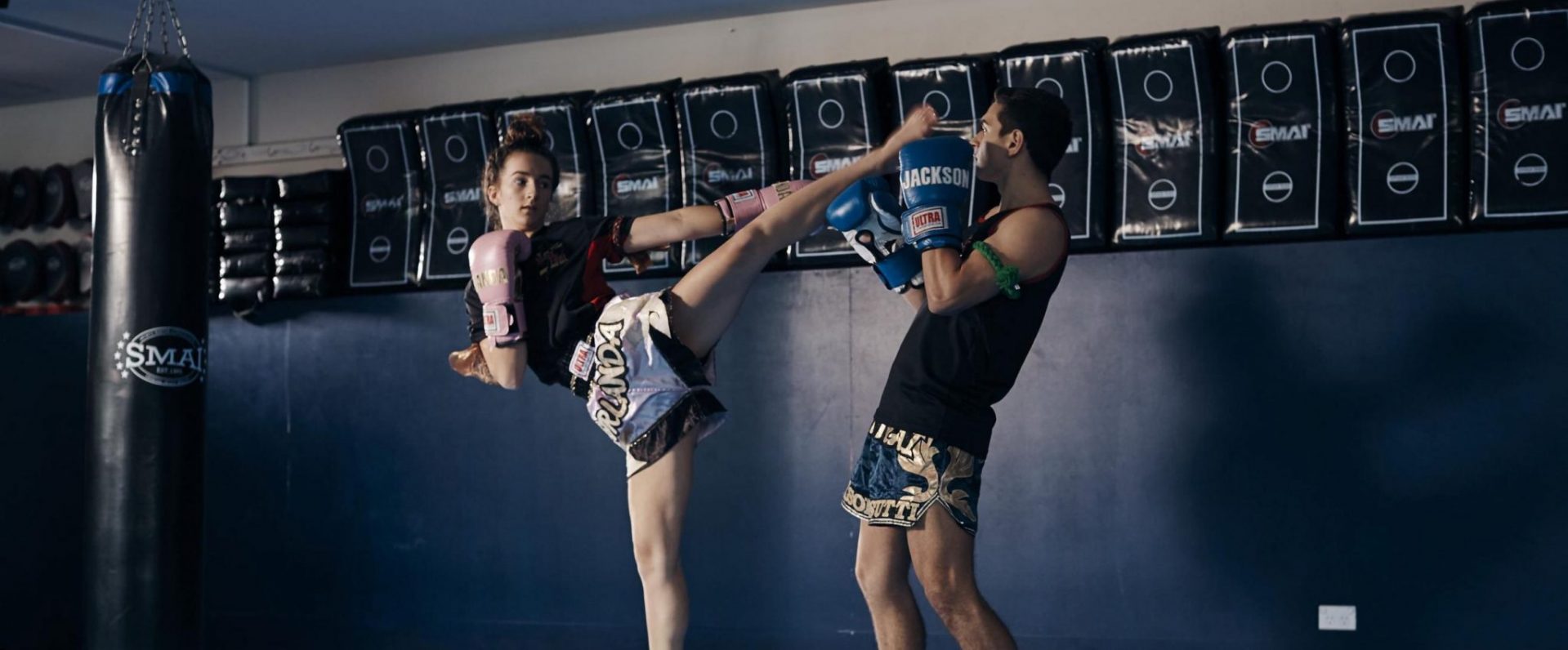Have you ever watched your child train – or as a student had the thoughts – “Why are we doing this again?”
Since 1984 we’ve been saying the word “practice” many many times. Practice implies doing something that you already know. So if we already know it, why do it again? Maybe your child says they’re “bored” in class (on another note they might not be bored. Studies show that this word is used because most kids can’t articulate the REAL reason why they are ‘bored’ with activities).
As Bruce Lee said – “I fear not the man who has practiced 10,000 kicks once, but I fear the man who has practiced one kick 10,000 times”. The sentence is a meme, a mantra for some. But when our instructors tell the kids to ‘practice’, it’s met with the standard actions that all children are programmed with – the eye roll, the blank stare, the look to the sky, and of course the heavy shoulders and head drop! The theory behind practicing something is to create better cognitive functioning. Whether that means better memory recall, or a faster muscle movement response. In academia kids will practice and revise theories and theorems over and over so that they develop a better understanding. When learning to drive a car, teens need to log at least 120 hours of driving. Imagine if they only needed 30 minutes before they got their P plates! Practicing is essential in everything we do.
In Martial Arts, The power of Repetition comes from performing the same movement with quality repetition (we say quality because if you can’t do it the right way, then why practice it wrong?). Students will learn movements slowly as we take the time to teach the finer details. As they progress we practice those same movements only faster, by now the kids will have developed an almost ‘automatic’ response when we call out certain kicks or blocks – they hear the word and it clicks right away. As they progress even higher in rank they’ll learn more complex movements, and then for fun we’ll combine various movements both complex and simple into combinations. Their ability to perform the movements shows just how far they have come, and just how much quality practice they are performing.
The key benefits of Repetition in the Martial Arts:
- Repetition builds muscle memory. Your muscles have memory, the more it practices doing a certain movement the better the muscle will be at recalling its ‘memory’ to perform it again in the future. Remember how slow your child was to catch a big ball when you threw it to them? As they practice and get older the movement becomes easier, the ball you throw becomes smaller and so too might the distance or the speed of the ball travelling. Their muscles remember the movements needed to catch the ball. People don’t wake up in the morning and have a new found ability. A professional basketball player spends hours each week perfecting movements – practice makes perfect….we prefer PERFECT practice makes perfect.
- Repetition helps create automatic responses and movement. Staying on the milestone of catching a ball we don’t need to say to our kids ‘Get ready I’m throwing the ball to you”. You can throw the ball (nicely of course) to your child and they will attempt to catch it. Why? Because its an automatic response. They have practiced the movement so many times that they know what they need to do. When we practice a block or kick we’re building muscle memory. Your child will know when they need to use certain blocks for certain situations, when they need to use a certain kick based on the distance between people and the way the bodies are positioned. This is all taught, learnt and developed with repetition.
- Repetition creates less ‘thinking’. When we teach movements we break things down so it’s easier to learn and process. In the beginning the student will think the movements as they perform it. With quality repetition they will be able to do the movement with little to no thinking – again leading to automatic responses and muscle memory from the above.
When you see your child progress through the belt ranks, you’ll see them being challenged with more complex movements. As they continue to practice with quality repetition you will notice that the moves they once struggled with become easier and easier, they become more efficient at performing the movements.
To be able to hit with Speed, Power, Technique and Precision, it takes time patience and quality REPETITION.

